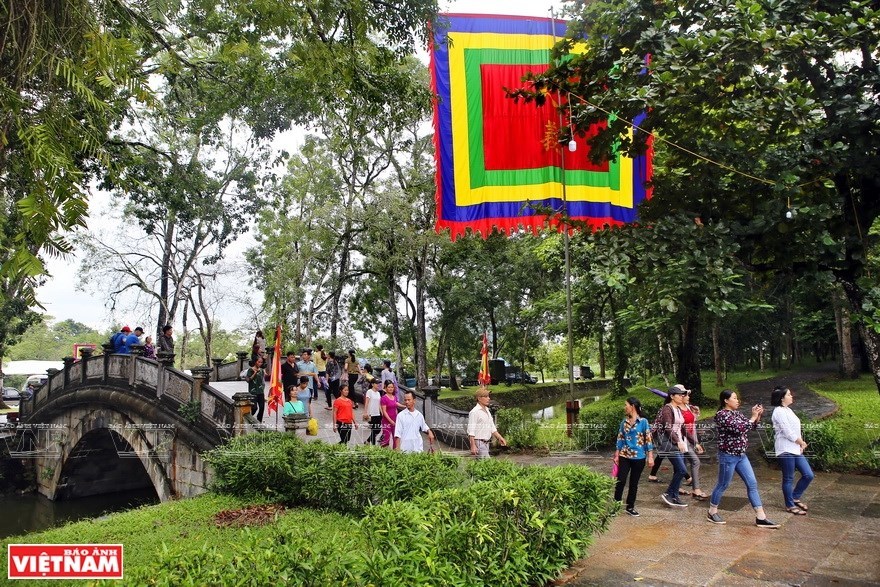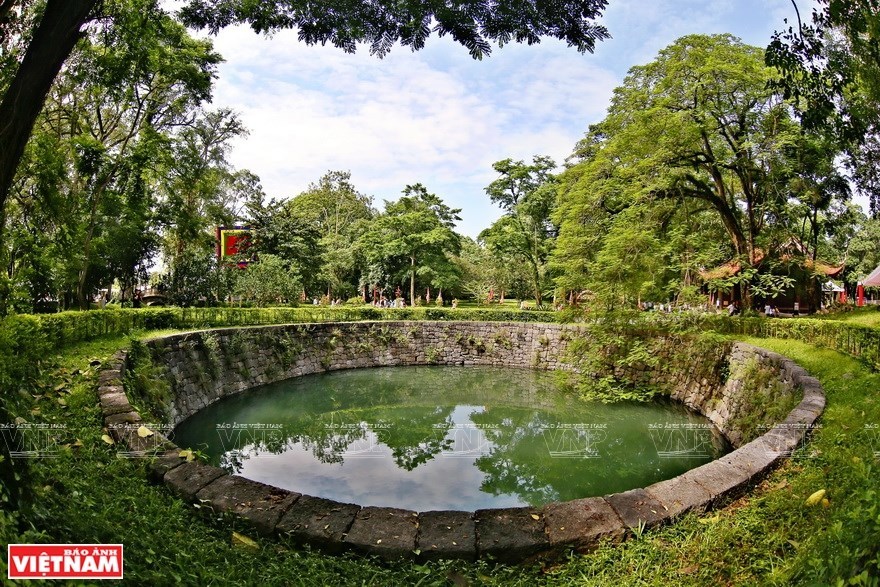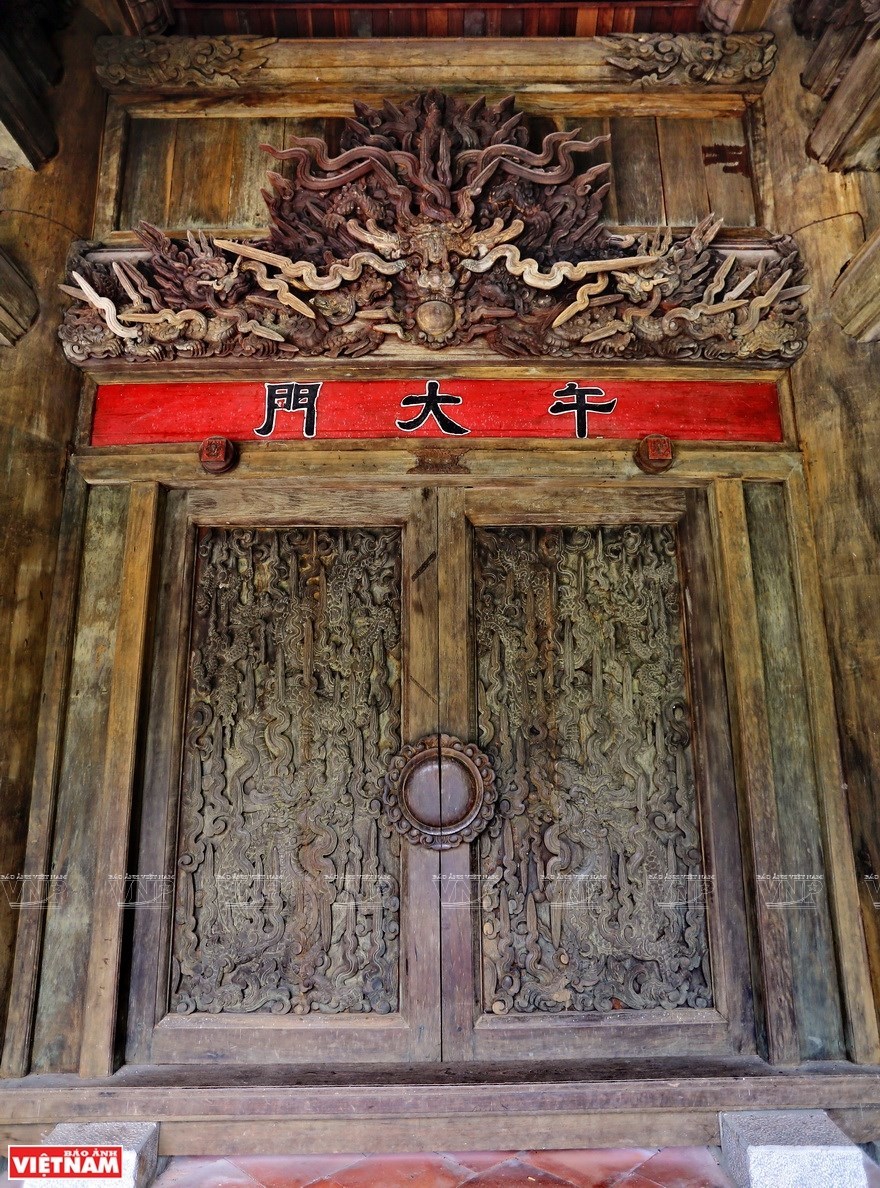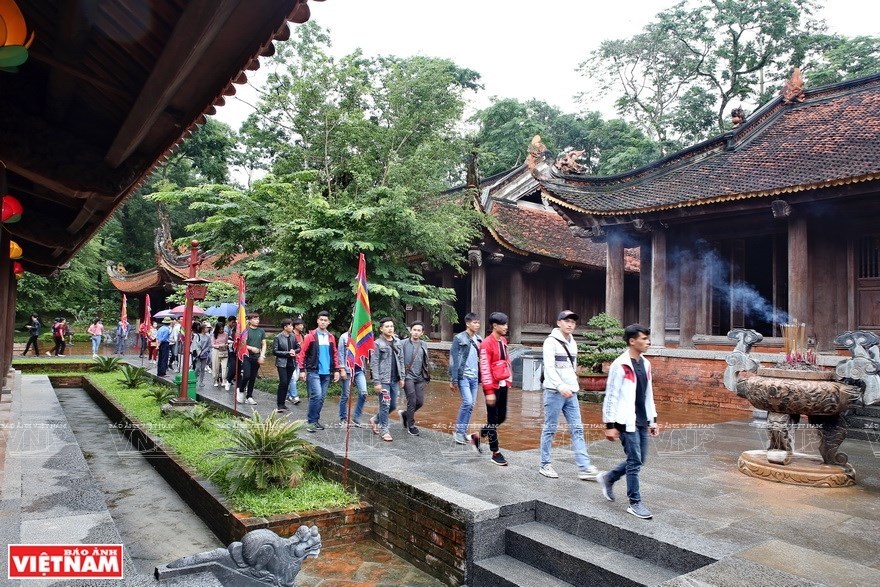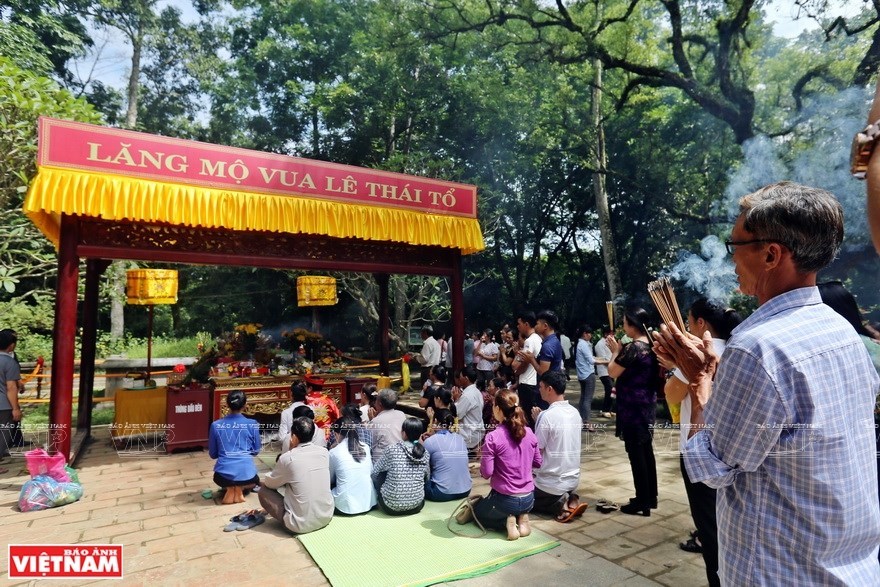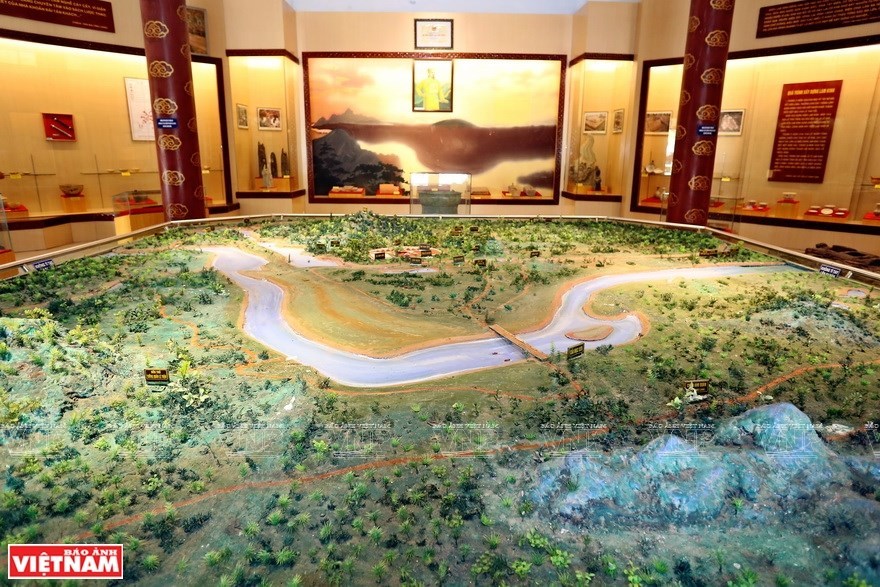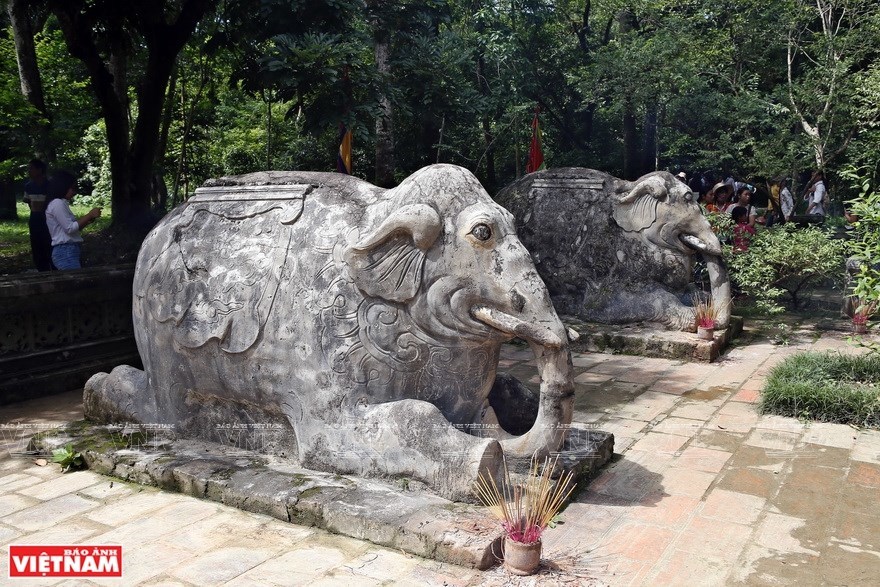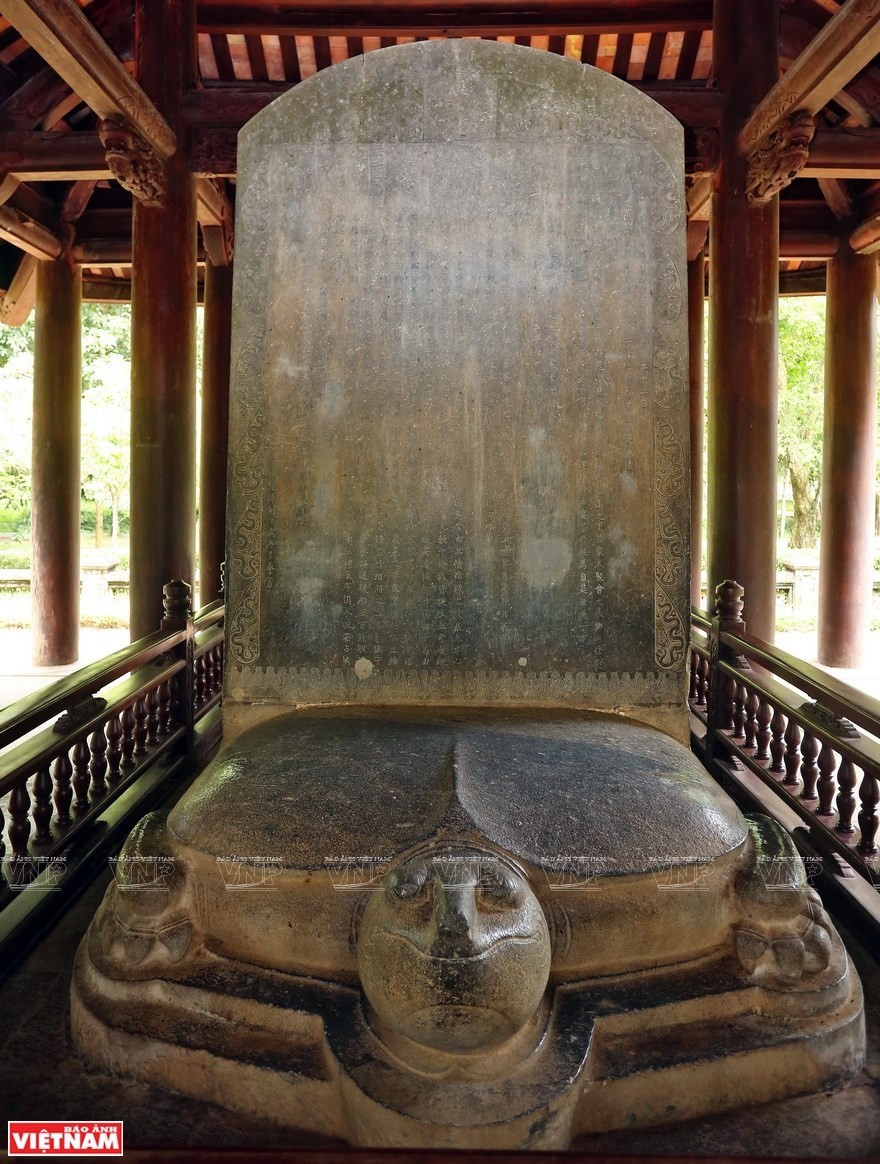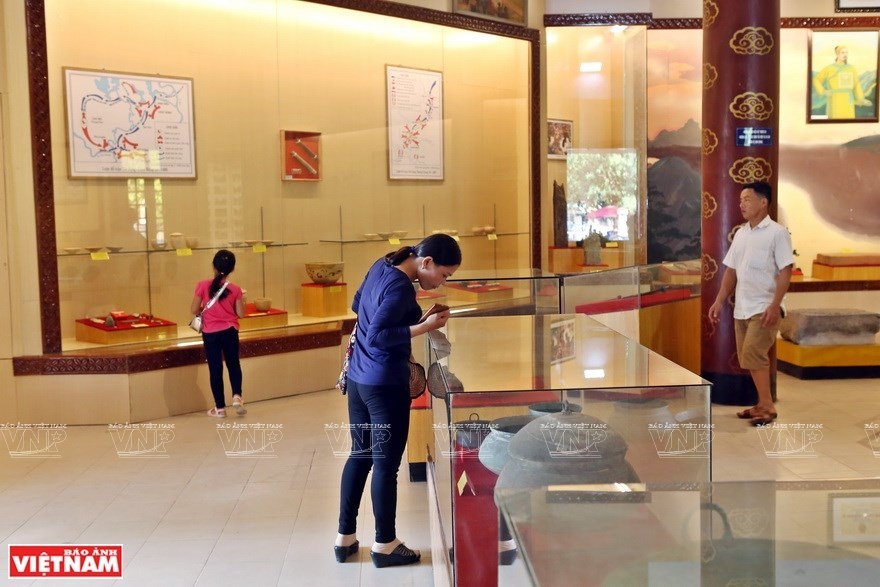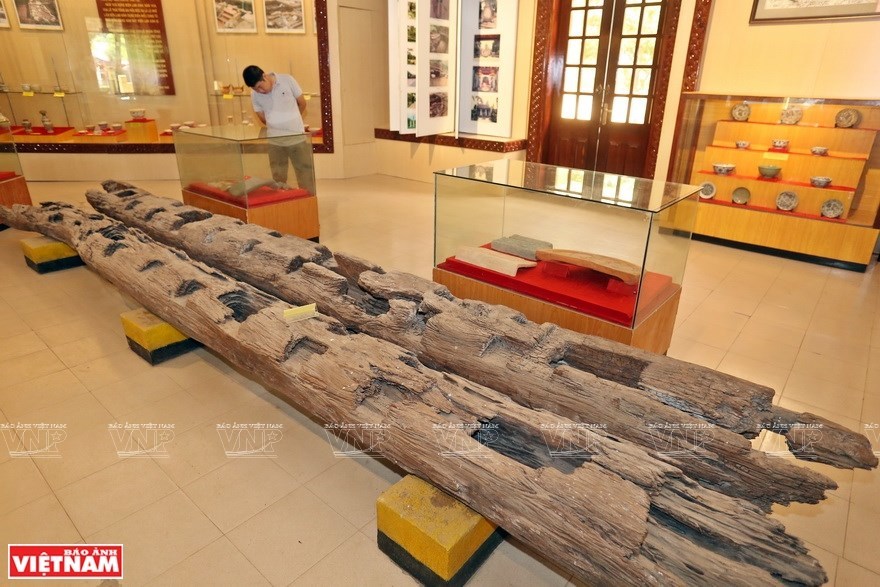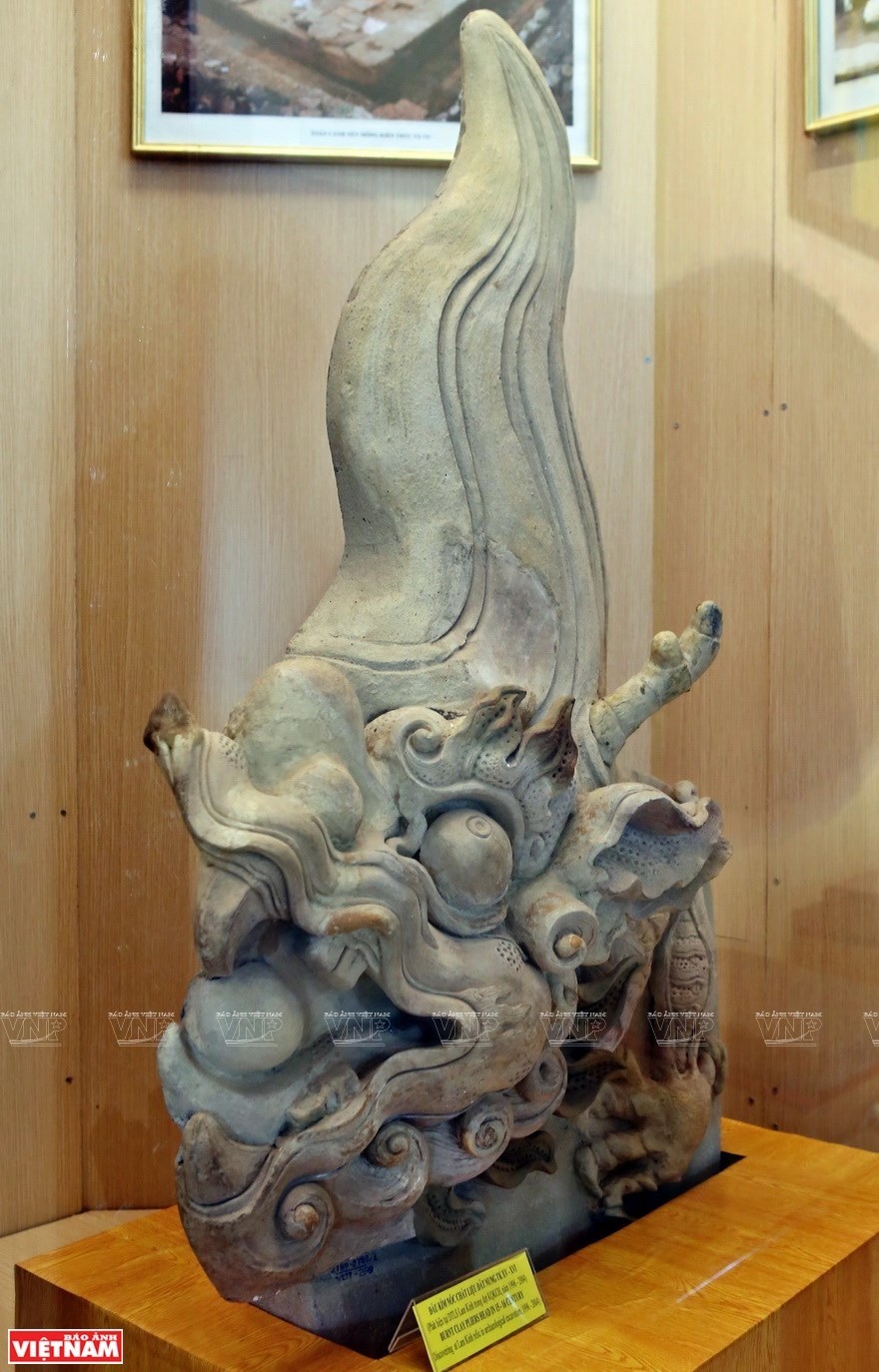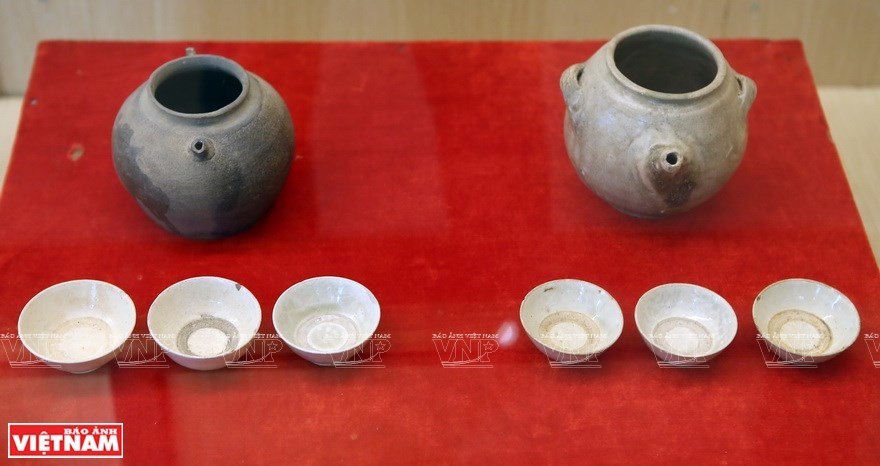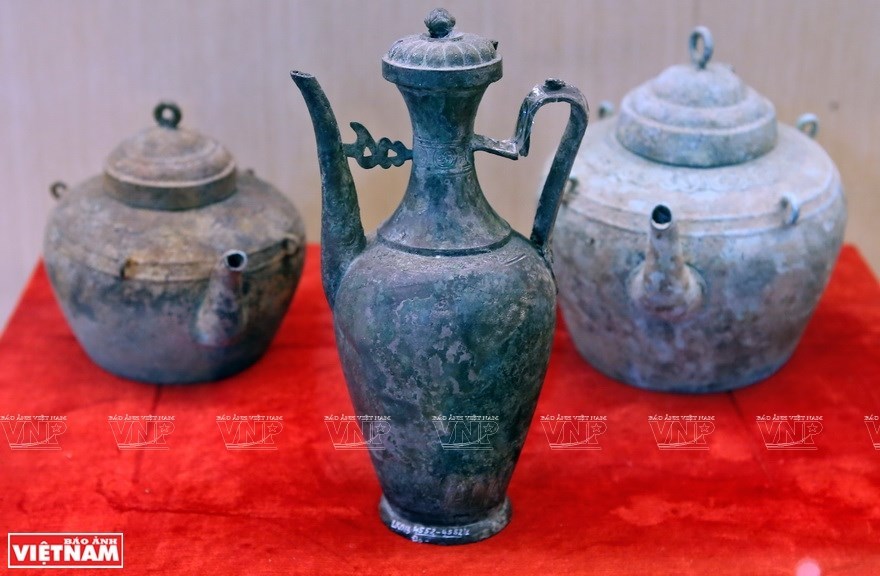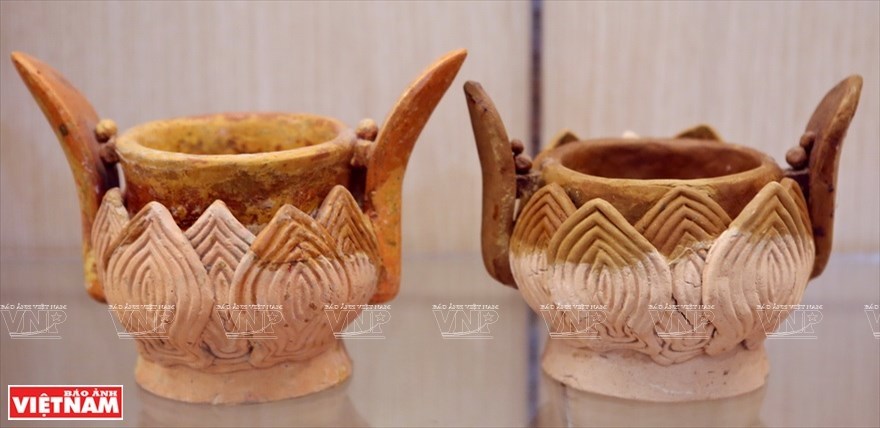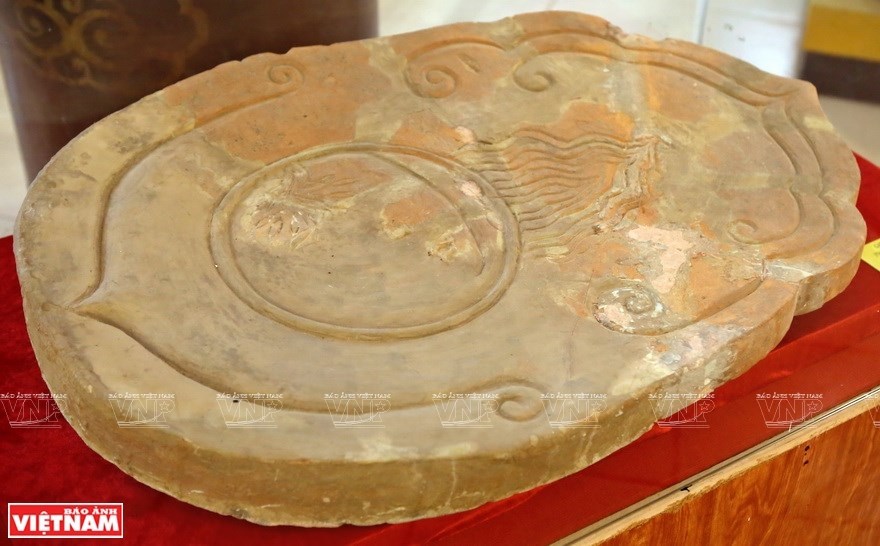 |
|
The 200-ha Lam Kinh historical site is the location of the Tay Son uprising against Chinese Ming invaders led by Le Loi. Le Loi came to the throne in 1428 and named the country Dai Viet
Bach (Tien Loan Kieu) bridge over the Ngoc River is located at the main entrance to Lam Kinh central sanctum
The well near Bach bridge has clear water all year round and used to be the water source for Lam Kinh
Visitors should go through the southern gate to enter the central sanctum
The historical site attracts a lot of visitors
Mock-up of Lam Kinh historical site in the showroom The tomb of King Le Thai To has two centuries-old stone elephants
The site has many steles, the most remarkable of which is Vinh Lang
At the showroom of the historical site
The former foundation used to build Bach bridge
Many artifacts from Lam Kinh are displayed
Tea sets from the Le dynasty, 15th-16th centuries
Brass teapots collected in Lam Son, Tho Xuan district in 2011
Lotus-patterned incense burners, 15th century
A fig leaf-shaped brick found in 1999 at Lam Kinh central sanctum |
VNA
 The Lam Kinh area in Tho Xuan district, Thanh Hoa, is a special national relic that has kept mysterious tales about the most flourishing feudal reign in Vietnam’s history.
The Lam Kinh area in Tho Xuan district, Thanh Hoa, is a special national relic that has kept mysterious tales about the most flourishing feudal reign in Vietnam’s history.